After decades of chasing championships and tuning for up and coming stars, Del Worsham has rediscovered what first drew him to the sport — the simple joy of going drag racing. Since parting ways with Alexis DeJoria at the end of the 2024 season, Worsham has carved out a new niche with the revitalized International Hot Rod Association, where his renewed focus on fun and balance has brought both satisfaction and success.
He has entered four events in the IHRA Outlaw Nitro Series this year, reaching the final round at every stop and winning twice. The change of pace, he said, has reignited his enthusiasm and reminded him why he has been in the sport nearly his entire life.
“I’ve had fun. It’s been exciting,” Worsham said in an interview with CompetitionPlus.com. “I want to go to the racetrack, and I’m excited to go to the racetrack, and I’m not showing up knowing somehow I may end up in an argument, or a fight, or a bad feeling about it. It’s been the first time in a long, long, long time.”
He said what sets this new chapter apart is the atmosphere — racers and officials enjoying themselves, no bickering about payouts, and fewer politics dragging a weekend down. “Nobody complains about money,” Worsham said. “That’s been probably the key to this whole thing, that everybody feels like they’re fairly compensated. I can tell that everybody at the racetrack is just enjoying what they’re doing and having a good time.”
Worsham didn’t plan on racing this much in 2025. After wrapping up his time as crew chief for DeJoria’s Funny Car team, he thought a slower schedule would be good for him.
“I wasn’t really sure where the year was going to take me,” he said. “I knew that I needed to slow down a little bit, which I did.”
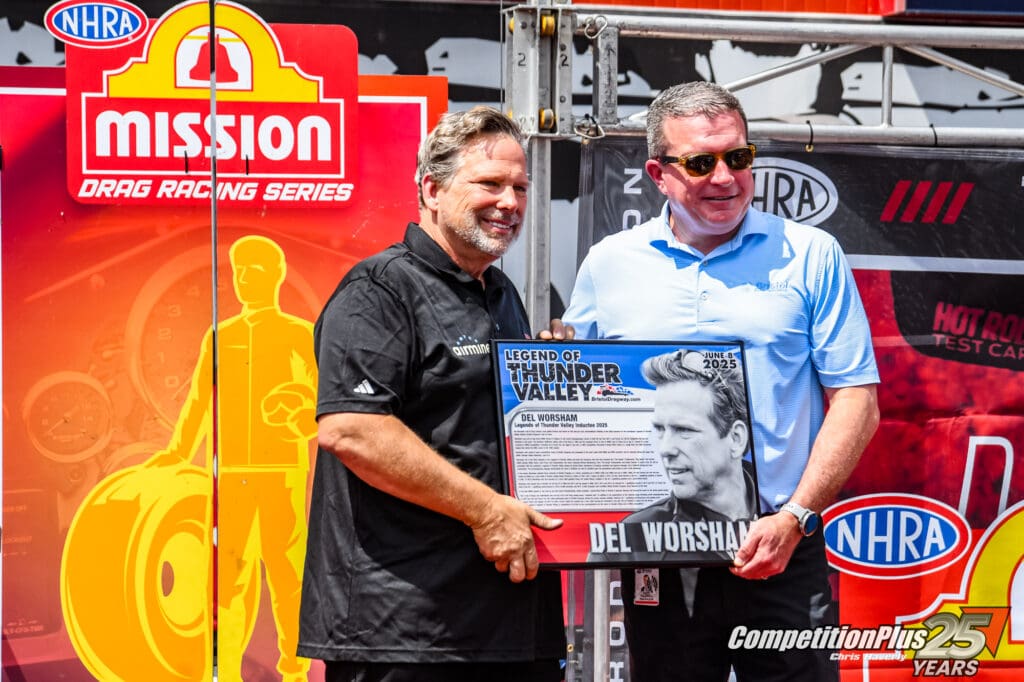
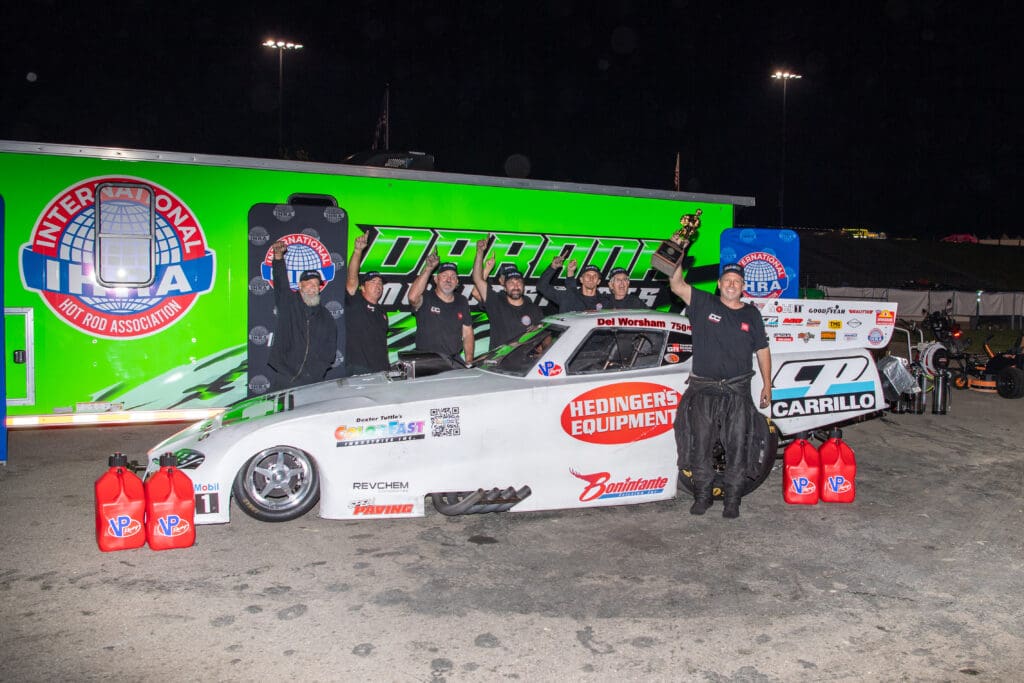
One thing led to another. He worked with Bobby Bode and Julie Nataas early in the year, and when IHRA’s reborn nitro program appeared on his radar, the veteran couldn’t resist.
“I saw their schedule, and I saw what they were doing over there and what they had planned,” he said. “It piqued my interest to think that maybe go back to IHRA, do some driving again, and have some fun. That’s exactly what we’ve done.”
The IHRA was no stranger to Worsham — his roots in the sport run through both sanctioning bodies. He first drove professionally in 1991, sticking to NHRA competition that year to build experience.
“I really had no experience and needed to stick to a very professional format,” he said. “By 1992, my dad had folded up his construction business, and we were full-time racers. Racing was how he made a living.”
That early crash course in independence shaped Worsham’s mindset. He was in his early twenties, hauling cars across the country and managing travel on a shoestring budget.
“I had to get the car to and from every race and figure out a plan, as efficiently as I could financially, to make it for the week or two in between races,” he said.
It was in those lean years that Worsham learned the hustle that would sustain him through four decades in the sport. “Finances were definitely tough,” he said. “I slept on floors, hustled hotel rooms out of people between races. I just did whatever I could do. That’s when I really learned how to go out and make a living at drag racing.”
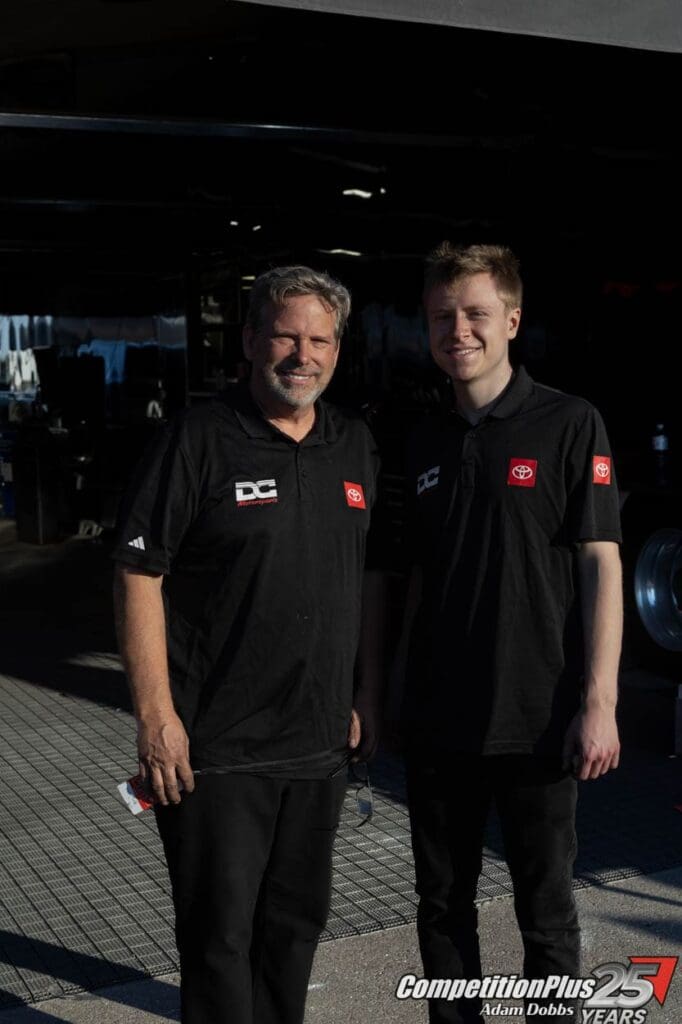
Worsham credits the grassroots spirit of IHRA racers today as a reflection of that same era. The dollars paid out by the series, he said, are cycling back into the cars and making the fields tougher.
“Once you get paid to do it, I don’t see people buying houses or going on vacations,” he said. “They’re improving their equipment. After a guy wins $15,000 or $50,000, he shows up the next race with better parts, more of them, and a better program.”
That investment has improved the quality of racing and helped raise the level of competition across the board. The payouts, he believes, are fair enough to make racers feel valued — a shift that keeps morale high and participation steady.
Those are small but important details for a driver who has seen every level of professional drag racing. Worsham’s calm, even-keel approach has become his trademark, especially after years spent managing the pressure of high-stakes NHRA competition.
“I’ve been extremely busy,” he said. “But this is different. It’s about the fun and the people again.”
He grew up in drag racing — literally. By age 14, he was spending every spare hour working with his father, Chuck Worsham, on the family’s alcohol Funny Car.

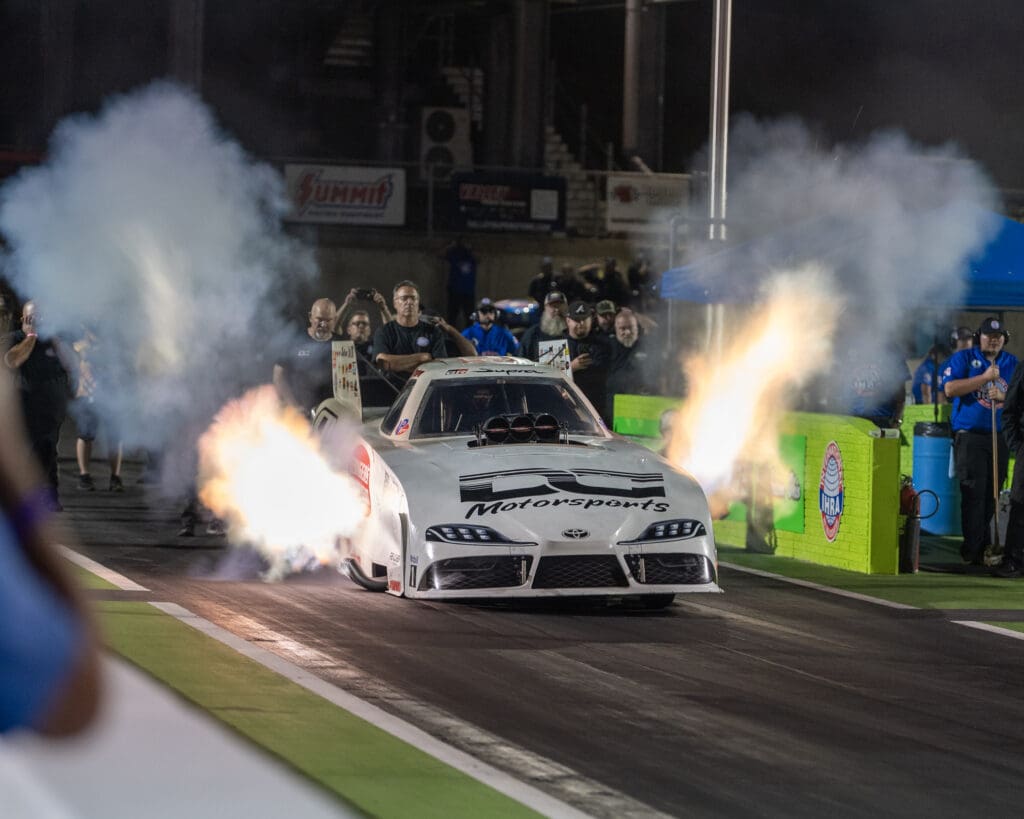
“By the mid-1980s, before I could even drive a car, I was working with my dad pretty much non-stop when I wasn’t in school,” he said. “We were just getting to the next race and doing what we had to do.”
By 18, he was helping run national events with Art Hendey, a car owner who pushed the team to step up from the West Coast match-race circuit into the NHRA’s national stage. “He saw the bigger picture,” Worsham said. “He wanted to go to NHRA races and brought us along to learn how to race within that structure.”
That leap changed everything for the Worshams, setting Del on a path that would lead to championships as both driver and tuner. The long road — from local strips on the Western Seaboard to national events — taught him to adapt and to keep perspective.
His entry into the sport might not have passed modern scrutiny. Worsham laughs when asked what he’d say to someone with only BMX experience asking for a nitro license today.
“It wouldn’t be an option,” he said. “You better go see Frank Hawley and learn how to drive a little bit and get some experience.”
But he points out that he grew up around the sport — a key distinction that changes the learning curve. “When it came time for me to race, I could just do it,” he said. “I’d watched my dad license multiple drivers. I understood the process even if I hadn’t personally done it.”
His first real drag racing experience came long before a license ever crossed his mind. “My dad had a ’66 Corvette with a four-speed, and I couldn’t even see over the dash,” he said.
“I was wearing a football helmet, pulling gears while watching his foot. We actually made it to the semifinals one night at Orange County Raceway — I was eight years old.”
That early thrill has never fully left him, though years of professional racing and the pressures that came with it had dimmed the spark. The rebirth of the IHRA has given him a chance to race for himself again — not for sponsors, expectations, or titles, but for the sheer pleasure of competition.
“It’s been fun,” he said. “It’s been exciting, but more than that, it’s been enjoyable. I go to the track now because I want to, not because I have to.”
For a man who has lived almost every possible chapter in the nitro story, this one might be his most content yet — one where the trophies are nice, but peace of mind is better. The routine of loading up, lining up, and cashing enough checks to re-invest has proven to be the right formula.
“Everybody at the racetrack is just enjoying what they’re doing and having a good time,” Worsham said. “That’s what it’s supposed to be about.”





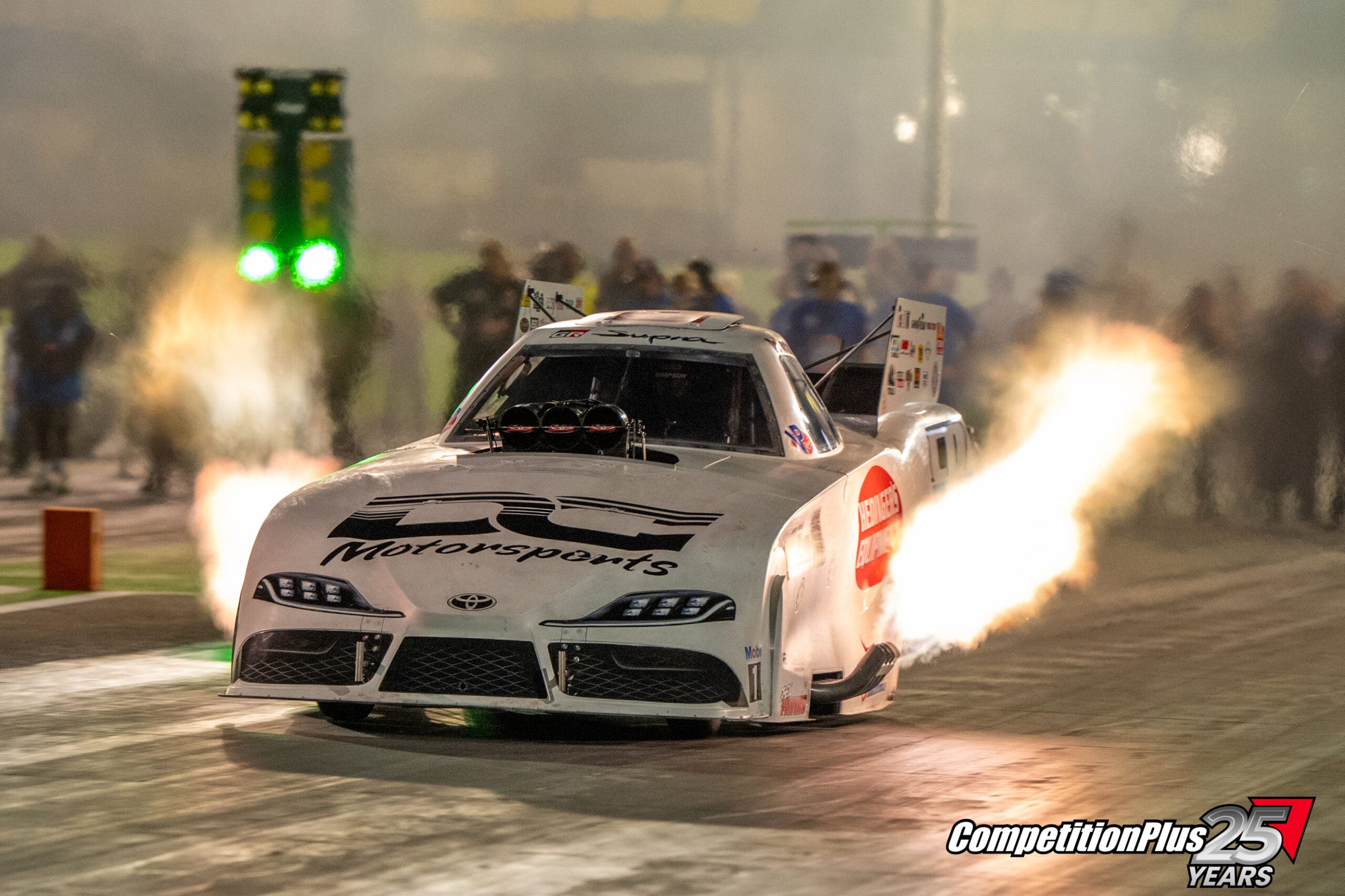

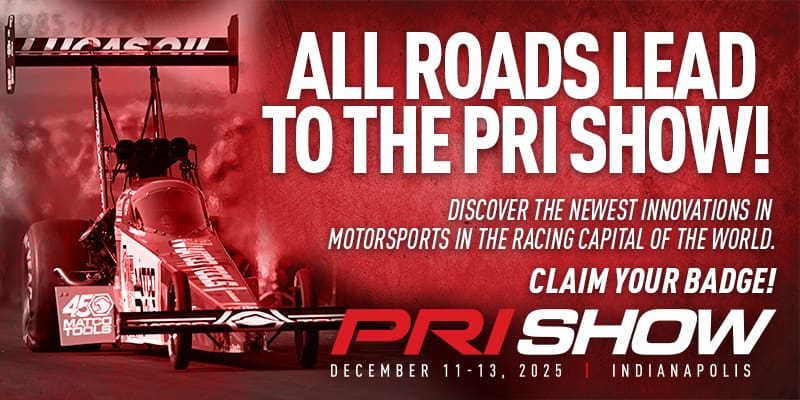
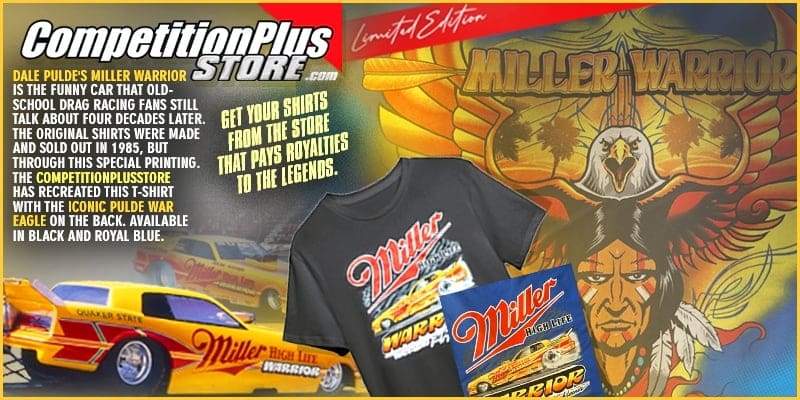








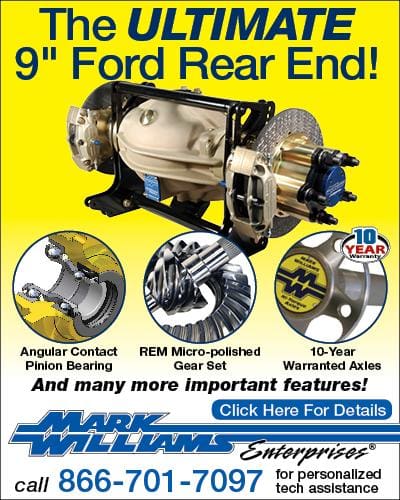
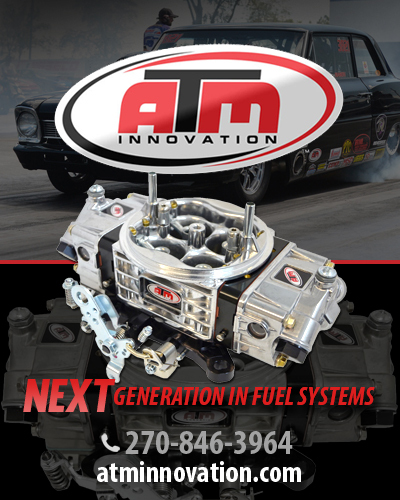


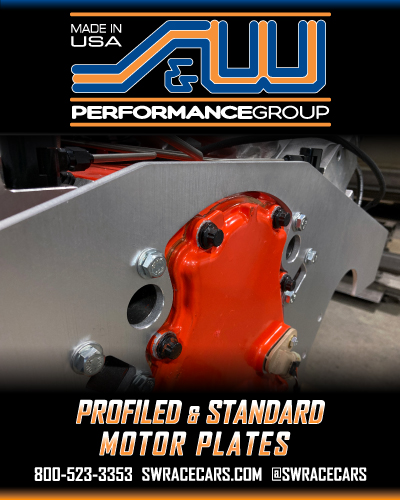
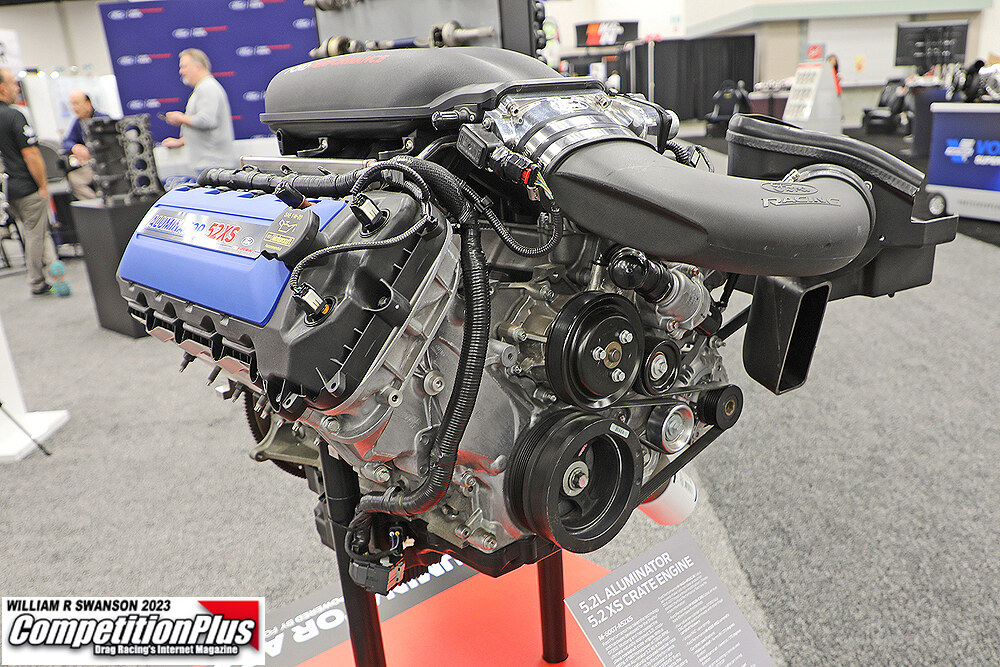

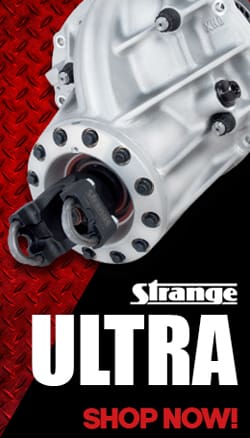

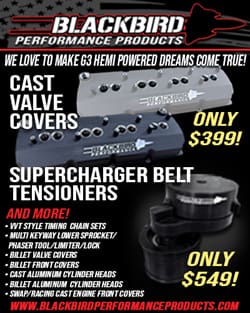






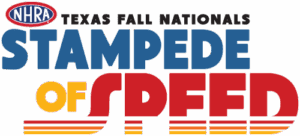
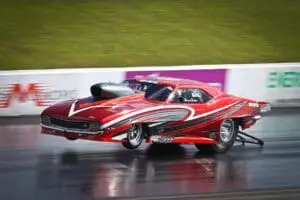
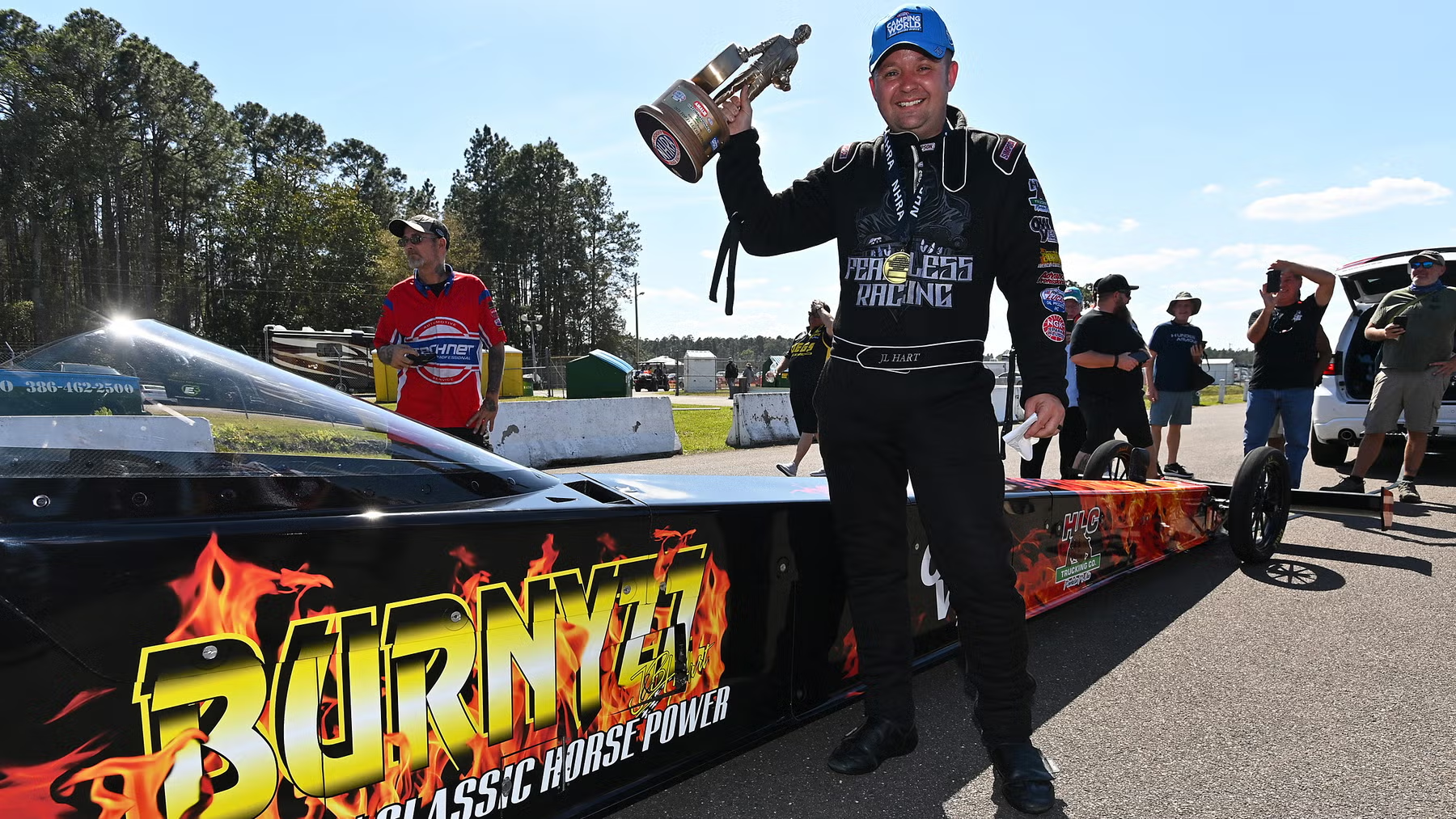
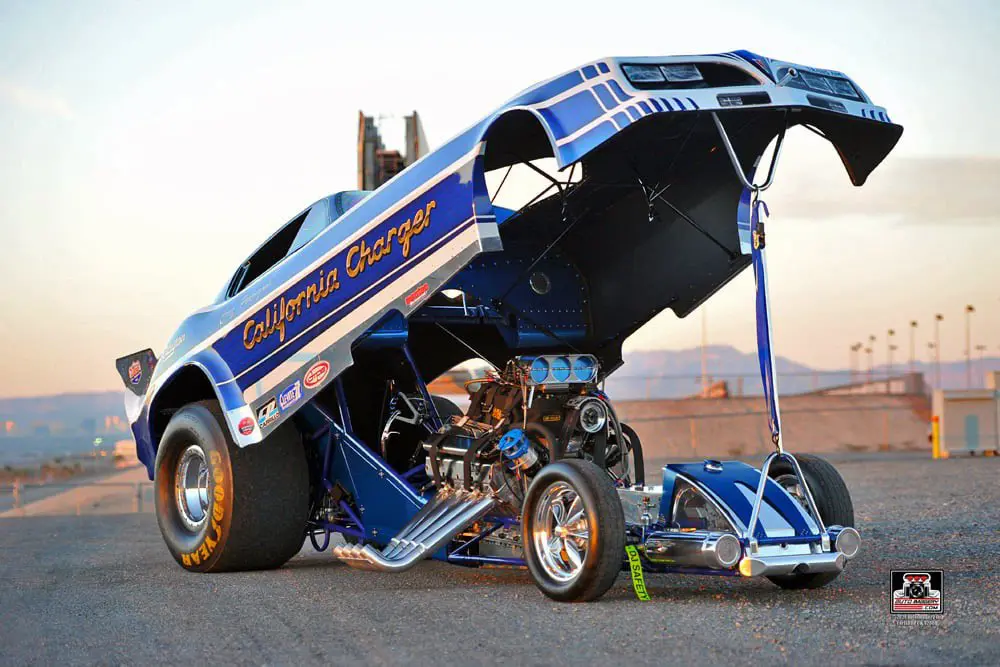
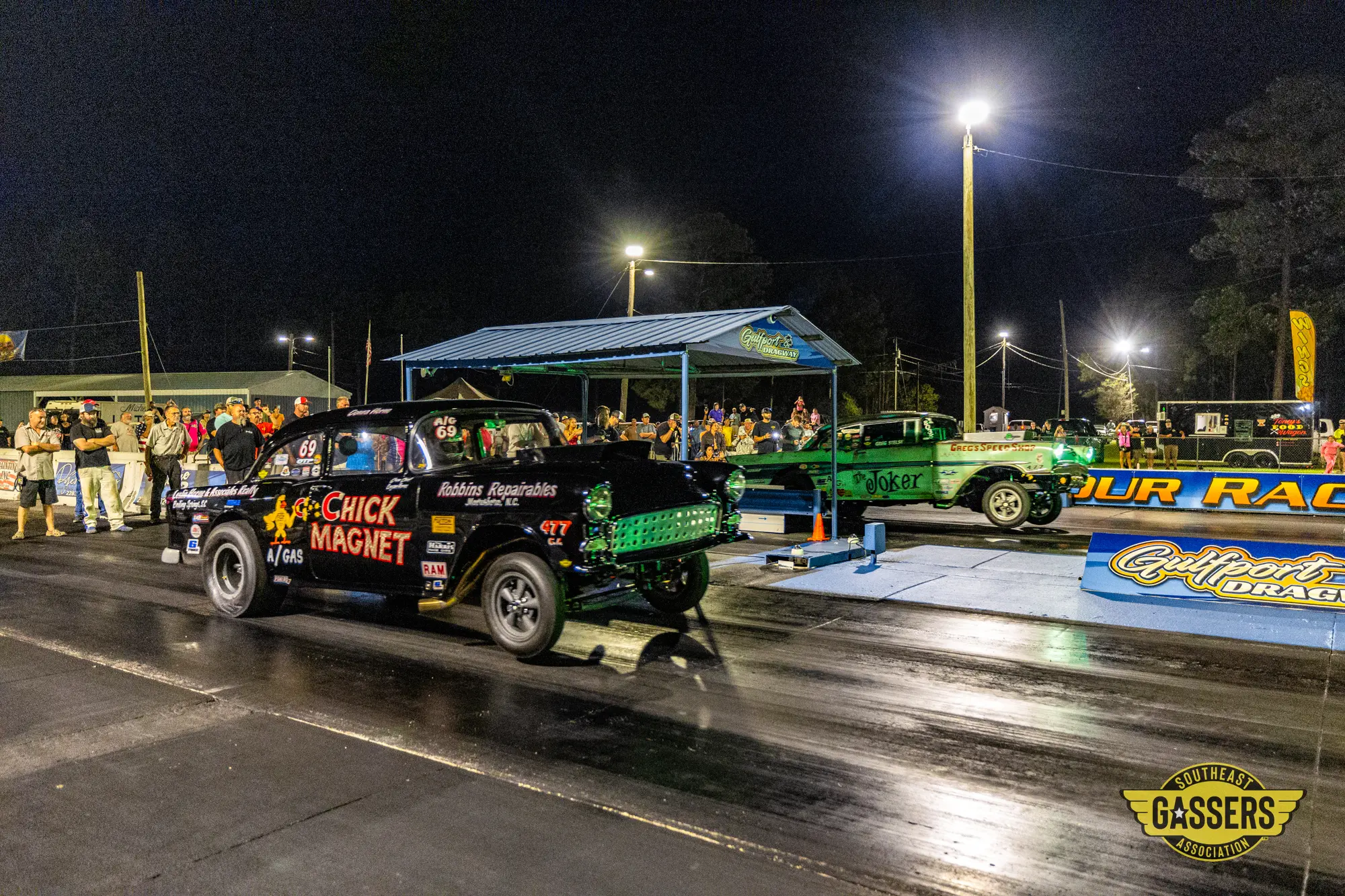
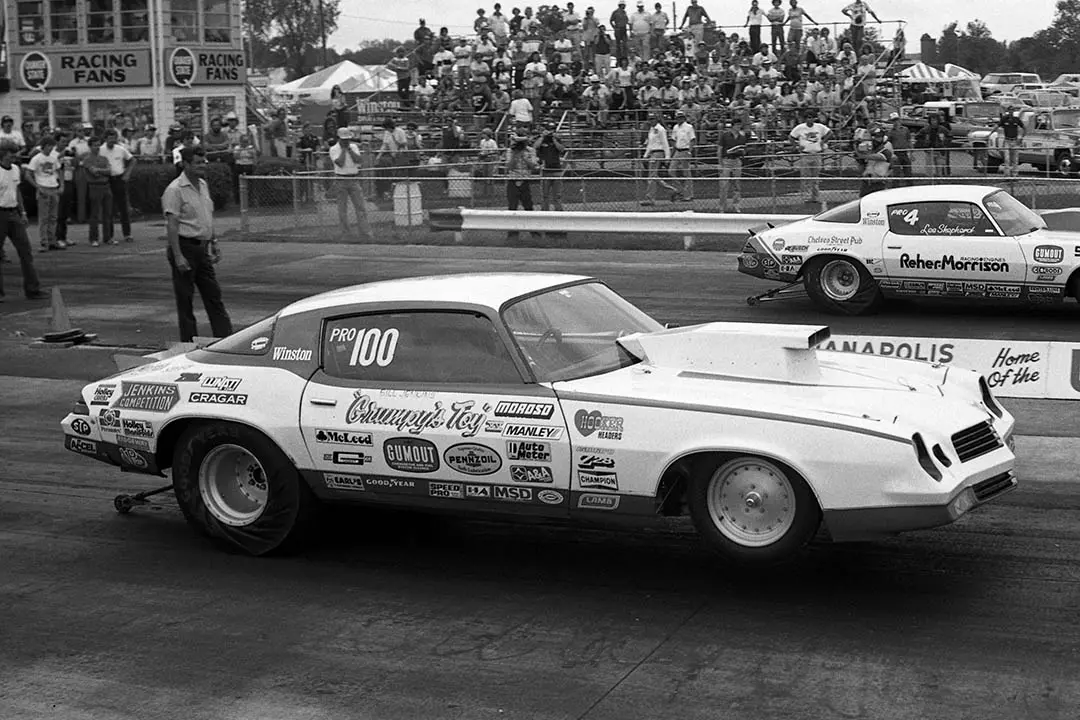
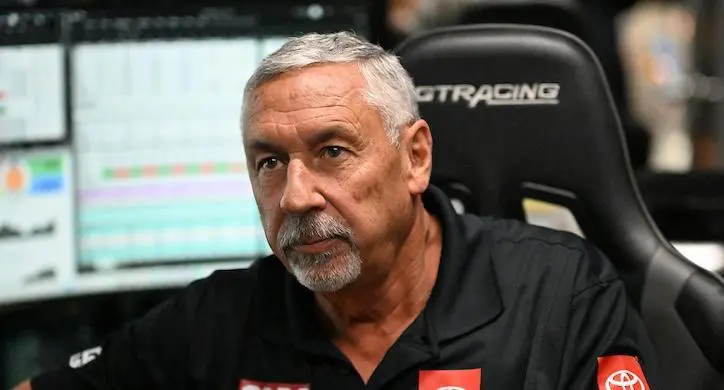
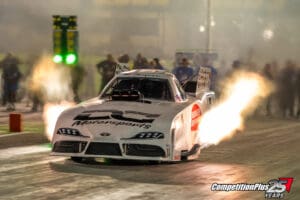
BOBBY BENNETT – IT USED TO BE MY PLAYGROUND: A LOVE LETTER TO A LOST DRAG STRIP